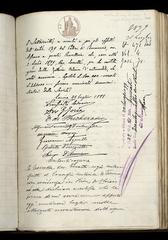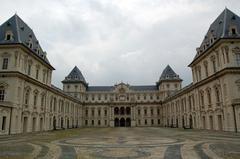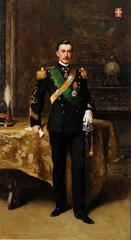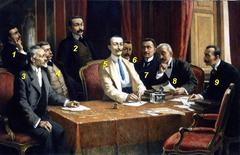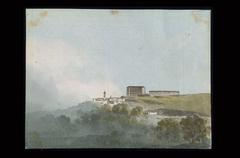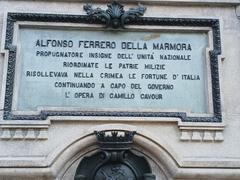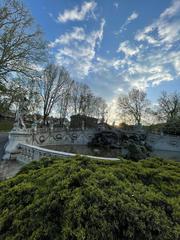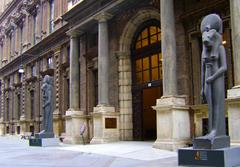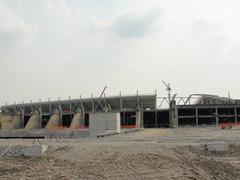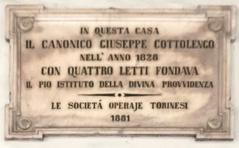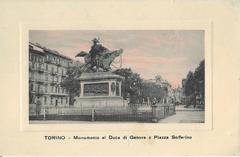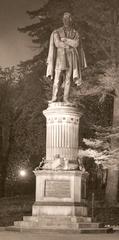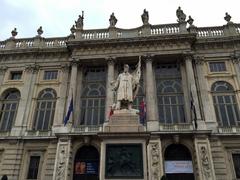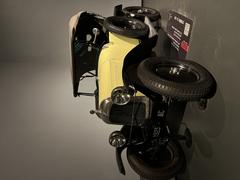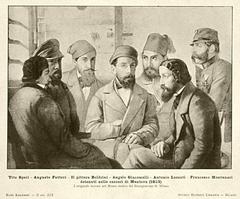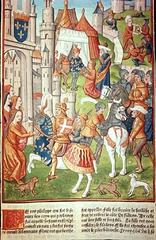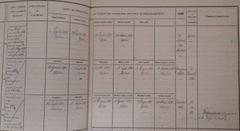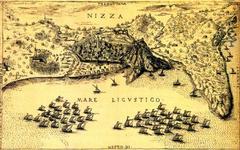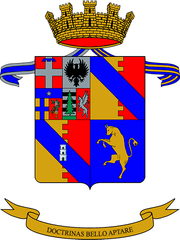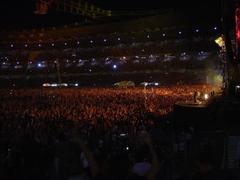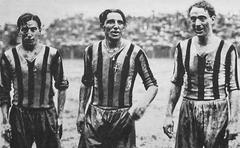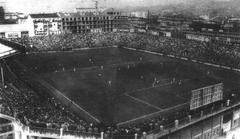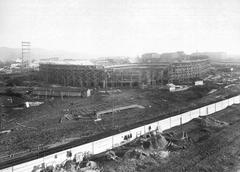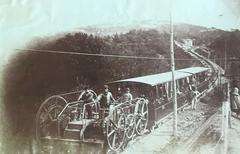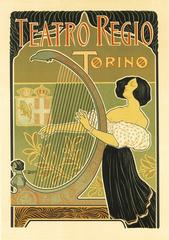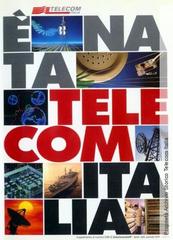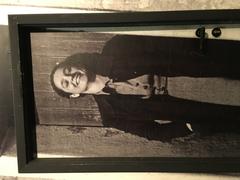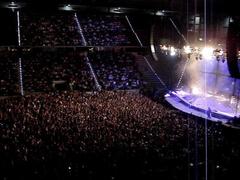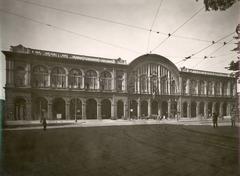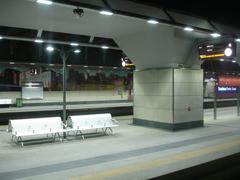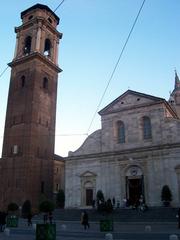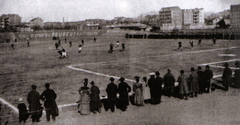XVIII Dicembre Turin: Visiting Hours, Tickets, and Historical Sites Guide
Date: 04/07/2025
Introduction
Piazza XVIII Dicembre stands at the crossroads of Turin’s grand history and modern urban life. Located in front of the striking Porta Susa railway station, this square is not only a pivotal transportation hub but also a living testament to the city’s layered past—from Roman-era boundaries to the events of the Risorgimento and the tragic Strage di Torino of 1922. The area beautifully blends historic architecture with contemporary design, highlighted by the innovative XVIII Dicembre Metro Station and evocative public art (MuseoTorino; UrbanRail.Net).
This guide offers detailed and practical information on visiting hours, ticketing, accessibility, and transportation, along with recommendations for nearby attractions, cultural experiences, and local etiquette. Whether you’re a history buff, cultural explorer, or first-time visitor, you’ll find everything you need to plan a memorable visit to Piazza XVIII Dicembre and its surroundings (tr4vel.org; Dream Plan Experience; Wikipedia).
Table of Contents
- Historic Overview: From Roman Outskirts to Urban Gateway
- The Strage di Torino: December 1922
- Practical Visitor Information
- Architectural Features of XVIII Dicembre Metro Station
- Connectivity and Mobility
- Local Experiences and Etiquette
- Frequently Asked Questions (FAQ)
- Summary and Recommendations
- References
Historic Overview: From Roman Outskirts to Urban Gateway
Piazza XVIII Dicembre marks a site where ancient Turin met its first expansions. The city’s original Roman walls once ended near today’s piazza. In the mid-19th century, as Turin underwent rapid modernization, these walls were removed to make way for new boulevards like via Cernaia. The square was inaugurated in 1864 as Piazza San Martino, commemorating the Risorgimento’s Battle of San Martino (MuseoTorino; Wikipedia).
The Strage di Torino: December 1922
A defining moment for the piazza occurred in December 1922, during the rise of fascism. The Strage di Torino, or Turin Massacre, saw fascist squads retaliate violently after the deaths of two militants. Between December 18 and 20, violence swept the city, resulting in at least 11 deaths and the destruction of labor organizations. Among the victims were Pietro Ferrero, an anarchist labor leader, and Carlo Berruti, a communist councilor (MuseoTorino; Comune di Torino).
Practical Visitor Information
Visiting Hours and Tickets
- Piazza XVIII Dicembre: Open to the public 24/7, with no entrance fee.
- Metro XVIII Dicembre Station:
- Monday–Friday: 5:30 AM – 11:50 PM
- Saturday: 5:30 AM – 1:30 AM (next day)
- Sunday: 7:00 AM – 11:50 PM
No tickets are required to access the square itself. Tickets are only necessary for public transport use.
Accessibility
- Piazza and Metro Station: Fully accessible with step-free routes, elevators, ramps, and tactile paving.
- Transport: The adjacent Porta Susa station provides accessible train platforms and connections.
Nearby Attractions
- Porta Susa Railway Station: Modern glass-and-steel architecture, central transit hub.
- Via Cernaia/Corso San Martino: Bustling avenues with cafés and shops.
- Piazza Castello: Baroque heart of Turin, home to museums and palaces.
- Museo Pietro Micca: Military history museum with underground tunnels (tr4vel.org).
- Piazza Statuto: Noted for its mysterious monument and elegant architecture.
- Via Garibaldi: Lively pedestrian street for shopping and strolling.
- Parco Dora: Post-industrial park with art installations.
- Santuario della Consolata: Baroque sanctuary and spiritual landmark.
Guided Tours and Photo Opportunities
- Numerous local operators and tourist offices offer historical walking tours that include Piazza XVIII Dicembre and its monuments.
- The square is ideal for photography, especially at sunrise and sunset.
Architectural Features of XVIII Dicembre Metro Station
- Modern Design: Opened in 2006, the station is a showcase of Turin’s urban renewal (UrbanRail.Net).
- Platform Details:
- Underground, 19m wide and 60m long, with platform screen doors.
- Trains use the VAL 208 system—automated, efficient, and driverless.
- Artistic Elements:
- Vivid platform decals by Ugo Nespolo, commemorating the 1922 massacre (Wikipedia).
- Urban Context:
- Integration with the glass-and-steel Porta Susa station.
- Surrounding architecture blends Liberty-style buildings with contemporary structures (Dream Plan Experience).
- Turin’s 18 kilometers of arcaded walkways enhance the pedestrian experience.
Connectivity and Mobility
- Metro: XVIII Dicembre Station is on Line 1, connecting key city districts (MetroEasy).
- Train: Porta Susa handles high-speed, regional, and international trains.
- Bus/Tram: GTT lines serve the area, offering seamless transfers (UrbanRail.Net).
- Airport Transfers: Dora Express bus or train shuttle link to Torino Caselle Airport (Turin Italy Guide).
- Parking: Paid parking near the station; public transport is recommended.
Ticketing:
- Single City Ticket: €1.90 (digital) / €2.00 (paper), valid for 100 minutes (one metro journey included).
- Integrato B Ticket: €4.50 for 120 minutes on urban/suburban networks.
- MultiCity Ticket: €11.80 for multiple rides.
Tickets are available from vending machines, newsstands, tabaccherie, and via the ToMove app (GTT Official Website).
Local Experiences and Etiquette
Experiences
- Aperitivo: Join locals for pre-dinner drinks with snacks at nearby bars. Vermouth is a Turin specialty (tr4vel.org).
- Passeggiata: Evening strolls along Via Garibaldi or through the piazzas are a daily tradition (learnitalianpod.com).
- Cuisine: Savor Piedmontese dishes like agnolotti and gianduja chocolate.
- Markets: Mercato di Porta Palazzo is Europe’s largest open-air market, great for food and culture.
Etiquette
- Greetings: Use “Buongiorno” or “Buonasera.” Address people formally unless invited otherwise (learnitalianpod.com).
- Dining: Wait to be seated, don’t rush meals, and avoid requesting substitutions.
- Dress: Smart-casual is standard, especially for dinner or church visits.
- Public Behavior: Keep noise moderate, respect personal space, and dispose of litter properly.
- Transportation: Buy and validate tickets before boarding public transport.
Frequently Asked Questions (FAQ)
Q: Is there an entrance fee to visit Piazza XVIII Dicembre?
A: No, it’s a public square and free to access at any time.
Q: What are the metro station’s operating hours?
A: Monday–Friday 5:30 AM–11:50 PM, Saturday 5:30 AM–1:30 AM, Sunday 7:00 AM–11:50 PM.
Q: Are guided tours available?
A: Yes, local operators and tourist information centers offer historical tours.
Q: Is the area accessible for people with disabilities?
A: Yes, with step-free routes, elevators, and tactile paving.
Q: What are the top nearby attractions?
A: Porta Susa railway station, Piazza Castello, and Museo Pietro Micca.
Summary and Recommendations
Piazza XVIII Dicembre exemplifies Turin’s dynamic journey from ancient times through the Risorgimento and into the present day. Its proximity to major transport links and historical sites, combined with accessible infrastructure and vibrant local culture, makes it an ideal starting point for exploring Turin. Make the most of your visit by:
- Taking advantage of seamless public transport.
- Participating in local traditions like aperitivo and passeggiata.
- Respecting local etiquette and enjoying the city’s slow pace.
For the best experience, download the Audiala app for guided tours, real-time updates, and insider travel tips.
References
- MuseoTorino, 2024, Museo Torino (MuseoTorino)
- UrbanRail.Net, 2024, Turin Metro Overview (UrbanRail.Net)
- Wikipedia, 2024, XVIII Dicembre (Turin Metro) (Wikipedia)
- tr4vel.org, 2024, Turin Italy Travel Tips (tr4vel.org)
- Dream Plan Experience, 2024, What is Turin Famous For? (Dream Plan Experience)
- learnitalianpod.com, 2024, Manners in Italy (learnitalianpod.com)
- GTT Official Website, 2024, Turin Public Transport Fares (GTT Official Website)
- MetroEasy, 2024, Turin Metro Guide (MetroEasy)


